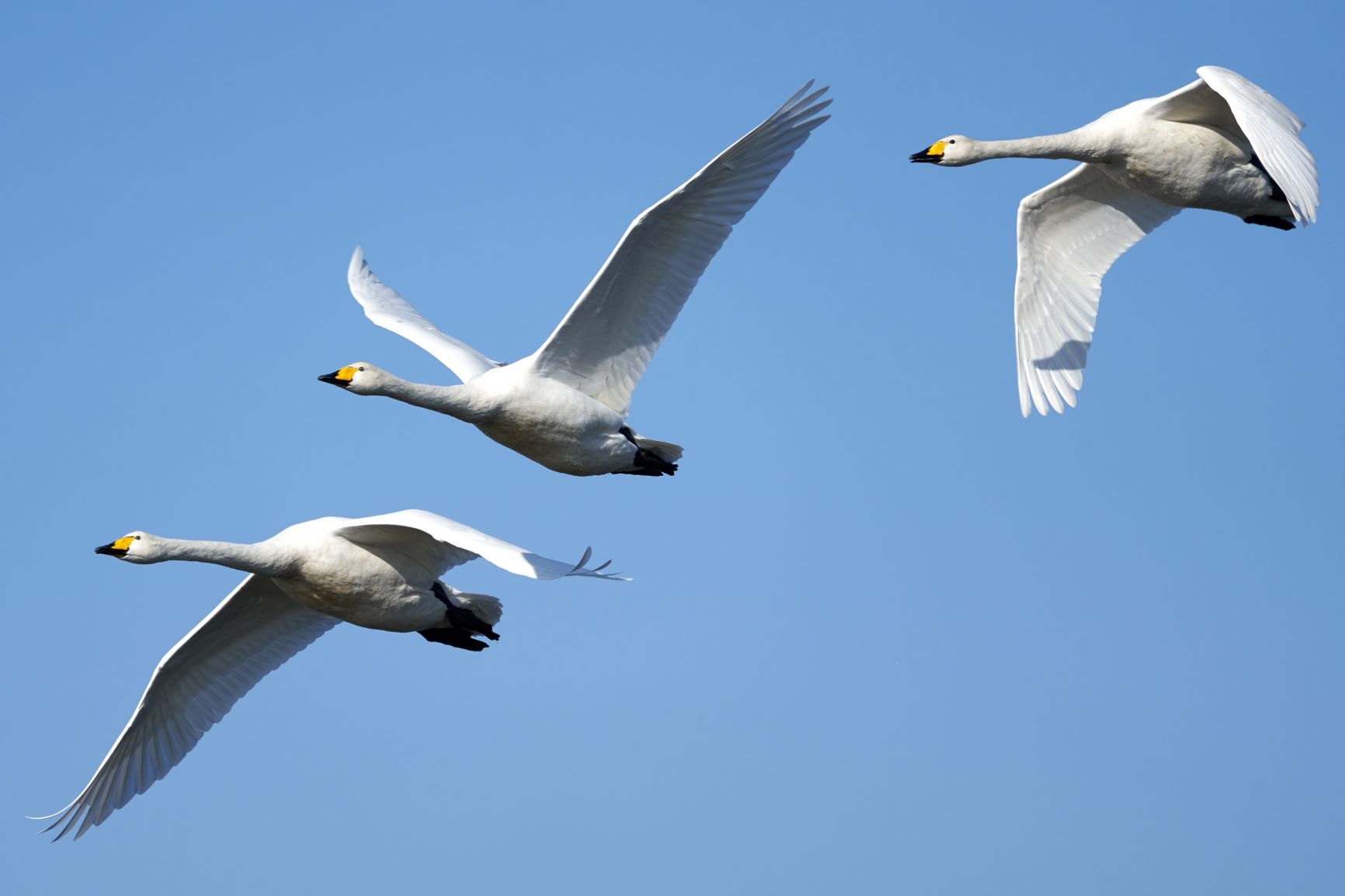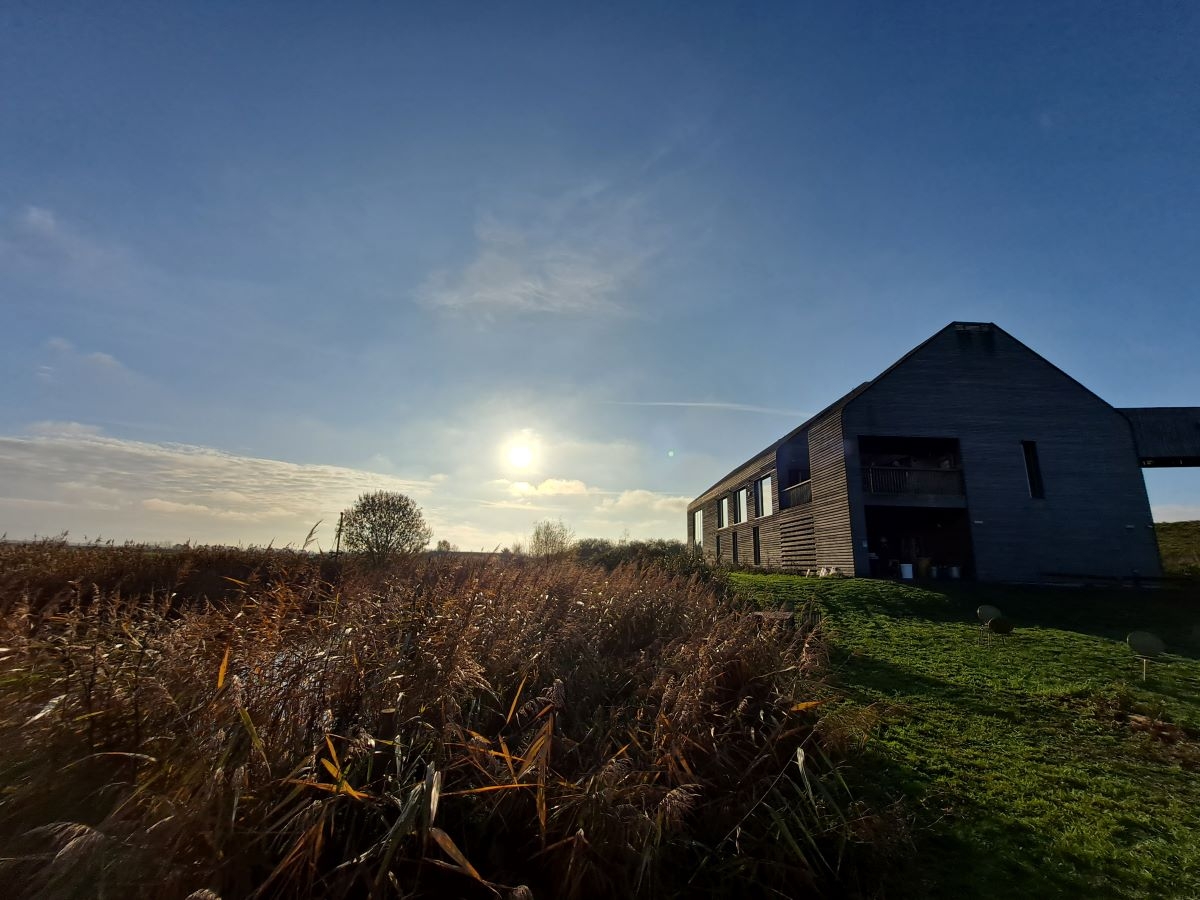Flooding on the Ouse Washes
The Ouse Washes are the engineered floodplains of the River Great Ouse. Created over 400 years ago, they have facilitated the drainage of much of the Fens, but we now need to add natural flood management back if we are to survive a changing climate.
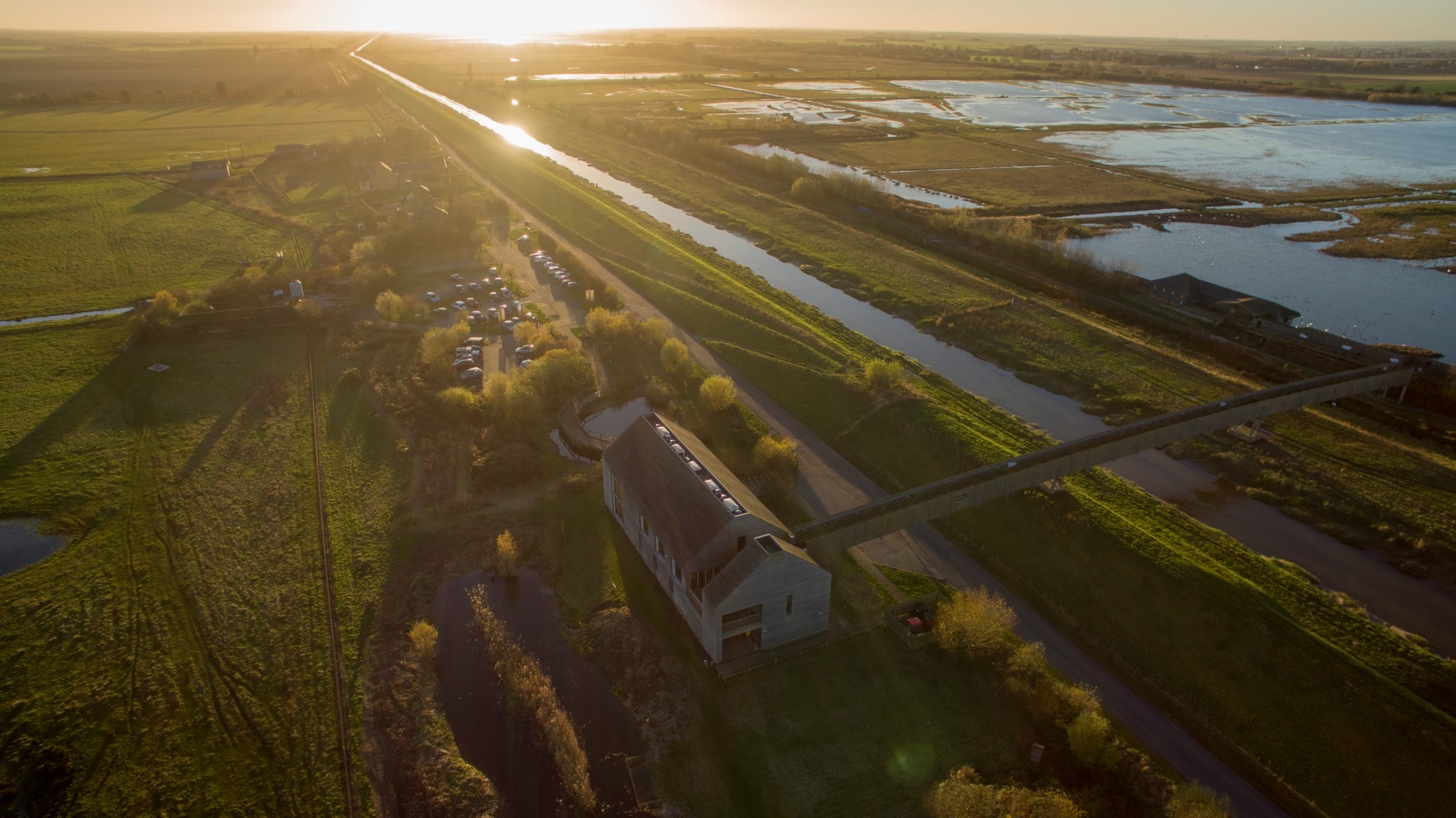
The Ouse Washes have a dual purpose as a wetland habitat and to act as the floodplains of the River Great Ouse at times of high rainfall. The tiny fragments of wetlands we see today are the last remaining fragments of what would have been a much wider expanse of this habitat covering much of the Fens area. When storing flood water, the Ouse Washes are protecting the homes, businesses and arable farmland which today covers much of the area along the length of the River Great Ouse. The water needs to go somewhere so that it does not overwhelm farmland, and inundate homes. However too much water, for too long, and occurring too often is not good for the habitat, or the birds using the site.
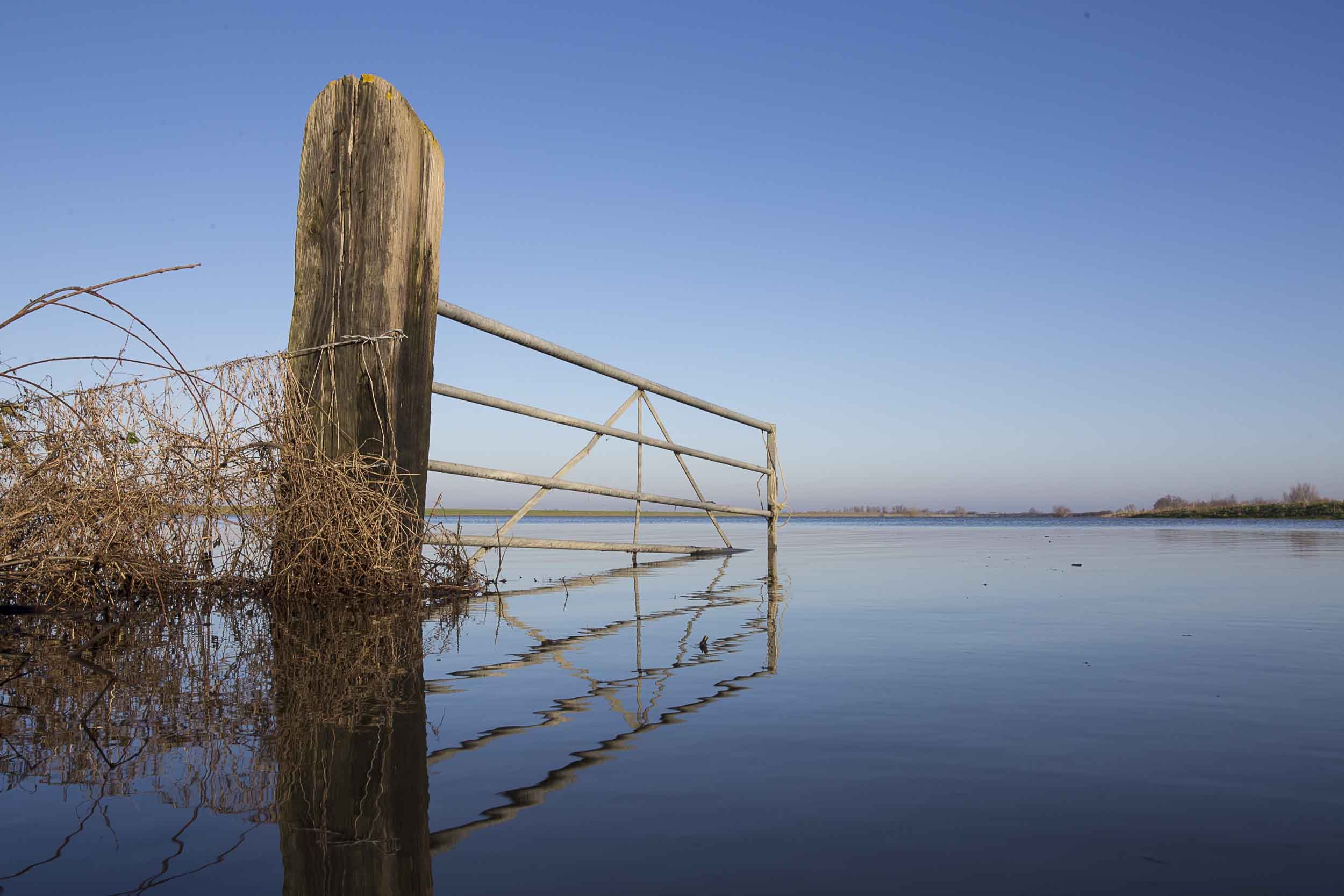
The Ouse Washes are the manmade flood plains of this river system, which have been in place since the 17th Century, largely keeping much of the Fens free from flooding. Today we face challenges from climate change and experience greater amounts of rainfall. The speed at which water now flows through the whole river system results in prolonged and deep flooding across the Ouse Washes some years. Developments further upstream from building, increased infrastructure and a reduction in natural landscapes result in more runoff feeding into the river system. Natural flood management along the whole of the river system could help slow the flow of water, allowing wetlands like the Ouse Washes to cope in more years, than it currently experiences extreme flooding. Sustainable drainage systems, or SuDS for short, can allow water to be stored along the whole of the river system in manageable amounts until it can slowly enter the flow of the river.
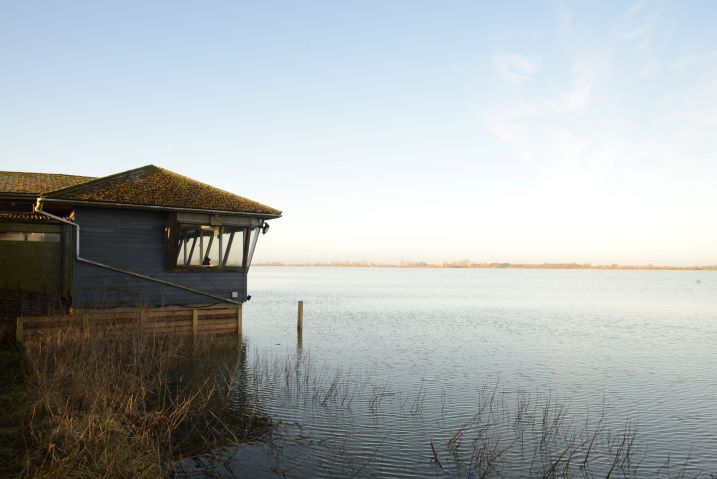
In years when the flow of water is slower and flooding is managed well by the Ouse Washes silt carried in the water from further upstream is deposited in the slower stretches of the river, this can build up around sluice gates and along drains. Therefore, a faster flow of water which normally coincides with deeper flooding can be beneficial for removing this silt. A deep flood once in every five years or so, helps this process.
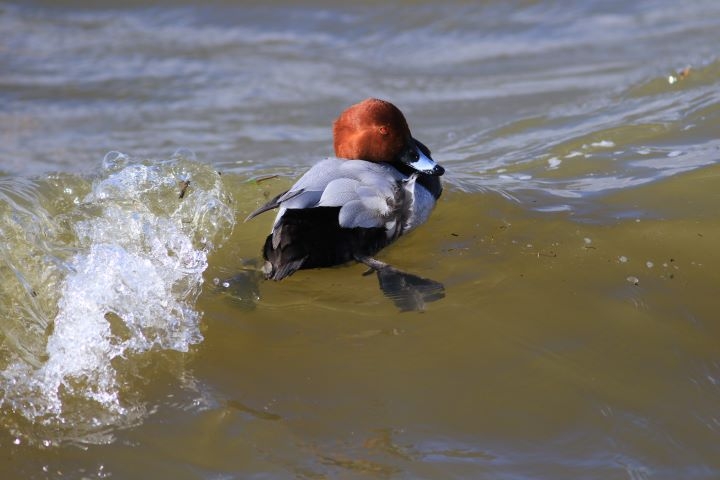
During deeply flooded winters, the amount of birds the wetlands of the Ouse Washes can cater for reduces, from 70,000 to around 20,000 as wading birds, dabbling and grazing ducks struggle to find food on the washes, so they disperse into the local area. This can have the knock-on effect of depleting food in those areas with more birds feeding and so the flocks have to travel further in search of food or are forced to choose less suitable feeding areas. In very deep floods the swans may even choose not to roost on the Washes in large numbers, favouring the shallow pools on Lady Fen, reservoirs or the flooded areas on arable fields.
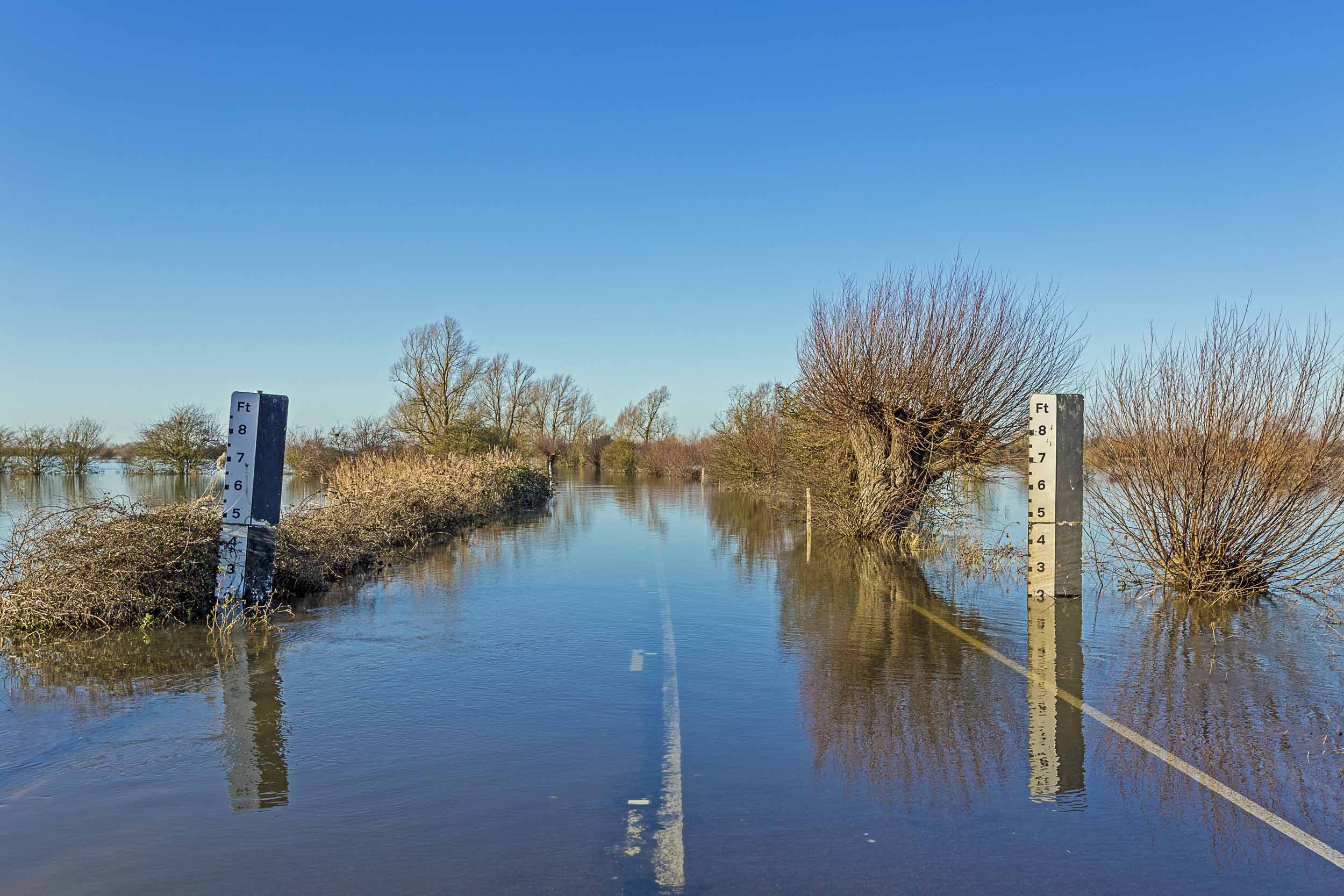
Not all the vegetation on the reserve appreciates sitting under a huge amount of water all winter, the invertebrates within the soils are affected too. Once the water is right across the washes the flow slows and this ends up being where the silt is deposited blanketing the vegetation below. The River Great Ouse is the fifth largest river in England and runs for 143 miles, with a catchment that spans over five counties. Most of the water that ends up on the Washes comes from further upstream – Cambridgeshire, Bedfordshire, Northamptonshire and Buckinghamshire. So in some winters, like the one we are experiencing now as well as last year, this is a considerable volume of water to be accommodating. Waterways and pumping stations that feed into the River Great Ouse within the Fens, remove the excess rainfall we see on the fields surrounding the Ouse Washes. Successive winters of deep and prolonged flooding are not beneficial for the wetland species which need access to the land that sits beneath the water.
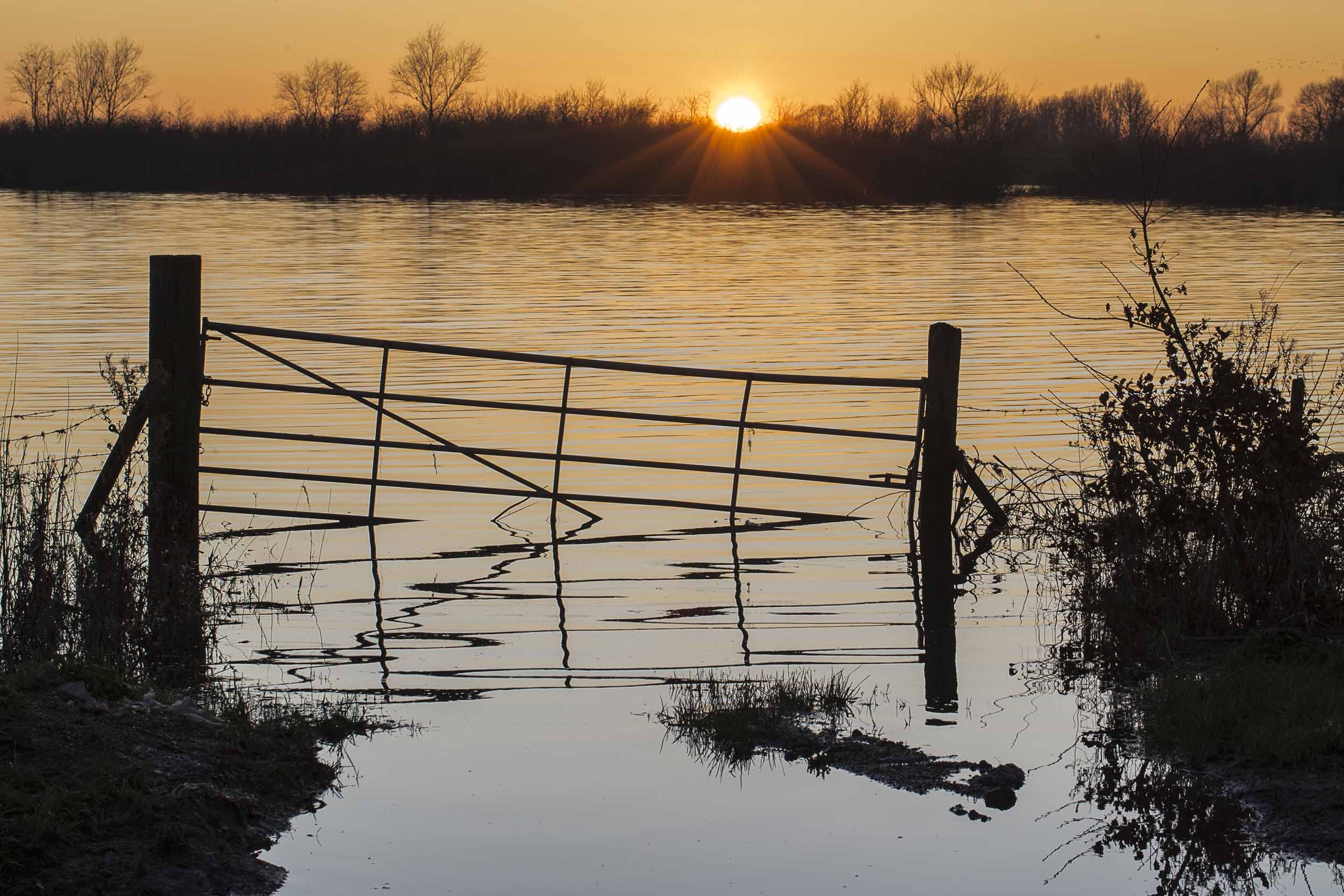
If the flooding continues into spring at best this will delay the breeding season for our ground-nesting birds, or result in them too having to look for less suitable alternatives which can greatly reduce the chance of success. If flooding starts after breeding activity has begun and birds begin to lose nests with eggs or chicks, they will abandon their attempts to breed until the next year. This type of flooding has devastating effects on the many species that rely on wetlands to breed and raise their young. We always hope for a swift draining of the washes ahead of spring, but the wetlands of the Ouse Washes have to balance this double function.
All images by Simon Stirrup, except main hide Bob Ellis and Pochard duck Georgette Taylor.
